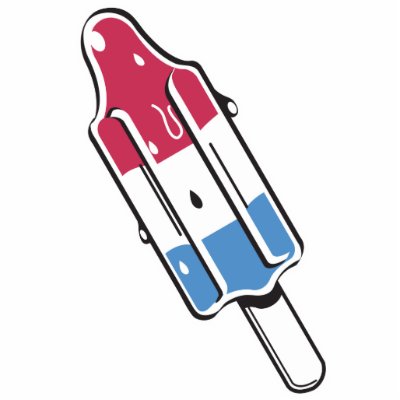Don't bother building a high performance motor without big valves, so put your project on hold & start saving!
Sorry Chris I have to disagree with you. The title of the post was >budget< performance motor. A 33% increase in power and torque (100HP) can be done all day long with stock valves. We have built many 100HP street motors and this summer we achieved nearly 110 AT THE WHEELS on a race motor with a bone stock head and valves, not milled, ported or polished. Sure there were are a lot of other tricks thrown at it, but I disagree with the statement that stock valves are the main limiting factor to these engines.
With a few tweaks and some attention to detail you can get a reliable 100 crank HP out of your engine without the need for a wild-duration cam, or go the big valve route.
No need for O-ringing. If your block and head surfaces are straight with the correct mirror surfacing, you will not have head-gasket issues.
Building the engine with disparate parts is full of tradeoffs. Here's a few you'll need to consider:
1. Yugo head on the 1500 block will increase compression nicely and it's a bolt-on with no cam timing issues, but the combustion chamber design and tiny ports take you two steps forward and one step back.
You say "high comp", and ask about pistons. A wedge dome will up compression but is: A: pricey B: interferes with combustion and C: is usually NOT compatible with a Yugo combustion chamber without modifications . Again two steps forward one step back. If you can score a set of wedge-dome pistons at a good price, go for it. However, a stock piston can work fine too.
If working with a stock piston, mill a 1500 head -.065 to remove the ring, mill the block so that .010 piston pop-up is achieved, and mill the cambox -.045 with a regrind 40/80 cam 10.5-11mm of lift is fine. This gets you the compression bump you're looking for, and this combination will set you at almost exactly 3-4 degrees timing advance, just right for the engine, allow you to use thin shims (3.4 - 4.0 range depending on valve cut). The only compromise you'll have to make is fitting a 1300 tension bearing instead of the stock 1500. On the milling, you'll probably be doing a mill on all of these surfaces anyways to get things straight and leak-free, so there's no extra $$ here.
2. A good porting job helps mitigate the benefit of big valves. I believe the biggest gains to be had are in the valve pocket area where it makes the 90 degree turn from runner to pocket. It is the most restrictive area of the entire runner area. Remove a valve and stick your thumb down the valve throat into the runner and you'll see what I mean. Look closely and you'll see all sorts of casting flash and rudimentary grinding marks from a quick clean-up of the head blank at the factory. Read Steve C's posts on head prep, they are a good guide. Watch a documentary on Ferrari engine building process and you'll also get a good appreciation at what attention to detail in the ports and valve pockets will do for cylinder head performance. 5 minutes were spent on each Fiat head in Torino, a day or more spent on each head in Maranello. No $$ here (except for a couple of carbide burrs, sanding drums and scotchbrite wheels) and some sweat equity.
3. A good 3 or 5 angle valve cut is required with narrow table on the valve face also results in a larger effective valve diameter. There are some tricks there to get it right. Invest in the correct valve springs while you're there. A local speed shop should be able to get the work done for you, and your valves/seats need to be prepped anyways. Isky springs work great, street or track.
4. A lightened steel flywheel really helps the initial throttle response, a relatively inexpensive component.
5. A long-tube header is great if you can afford it. If not, a 74-style 4-2 manifold helps. Here's a tip: Yugo and Strada cars also came with 4-2 style manifolds, but not as elegant (some extra EGR ports that need to be filled) but cheap.
6. DCOEs are the most efficient carbs you will get for these motors, but be prepared to spend dyno money on jetting. Correct jetting will make all the difference in the world. Spending time getting this right will net 10%+ gains..
7. 2 or 2 .25" exhaust helps a lot.
8. Total loss electrical system (eliminate the alternator with an idler pulley).
Good luck,
-M

